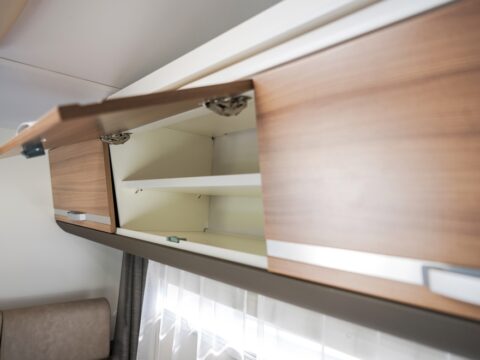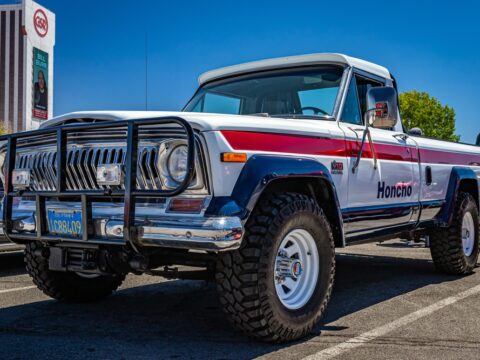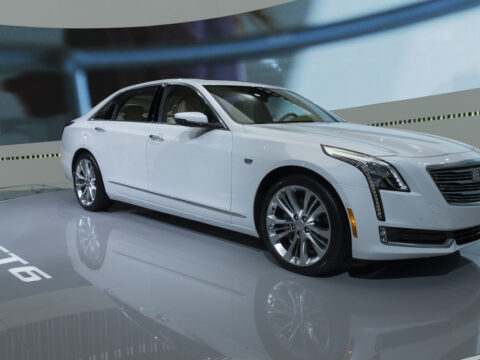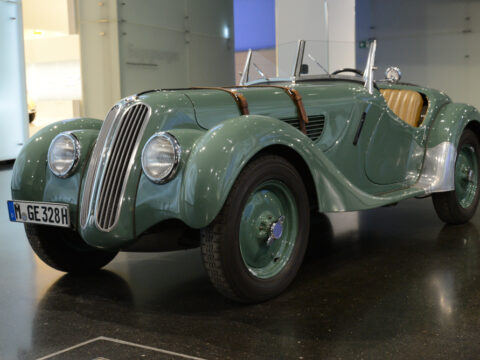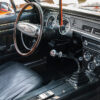Owning a classic car can be a dream for many enthusiasts, but it often comes with a host of challenges. From finding obsolete parts to dealing with frequent maintenance issues, these vintage vehicles can quickly turn into a maintenance nightmare. This article explores 17 reasons why classic cars can be more trouble than they’re worth, highlighting the hidden difficulties that come with owning these automotive treasures.
Contents
Obsolete Parts
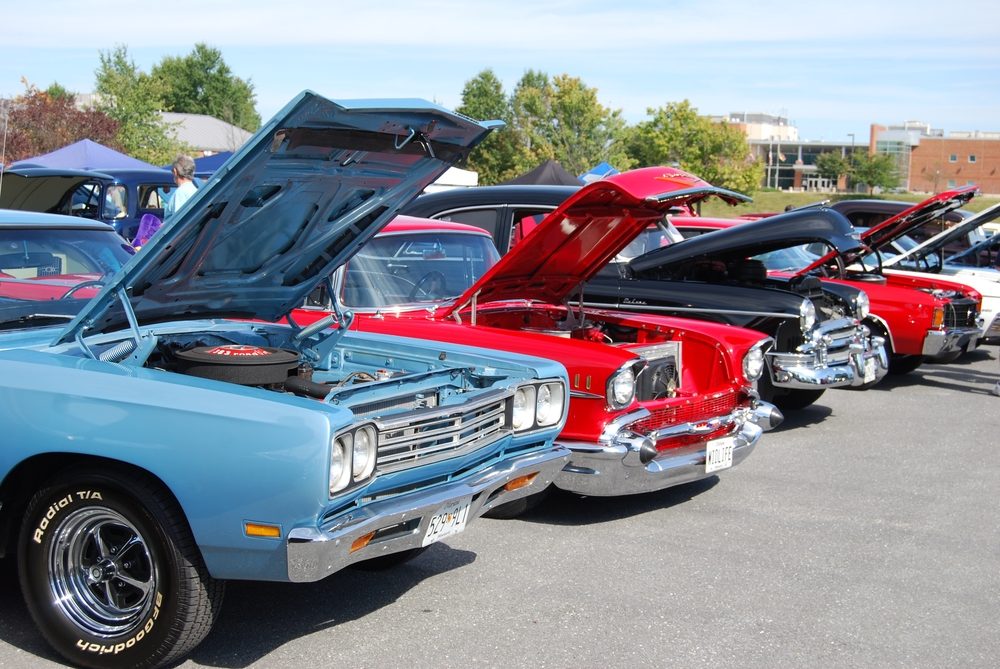
Tracking down parts for classic cars can prove to be a significant challenge. Since many of these vehicles have long been out of production, original components are rare and costly. Owners often have to depend on aftermarket suppliers or scavenge through salvage yards. This scarcity not only delays repairs but also inflates costs.
Specialized Knowledge Required
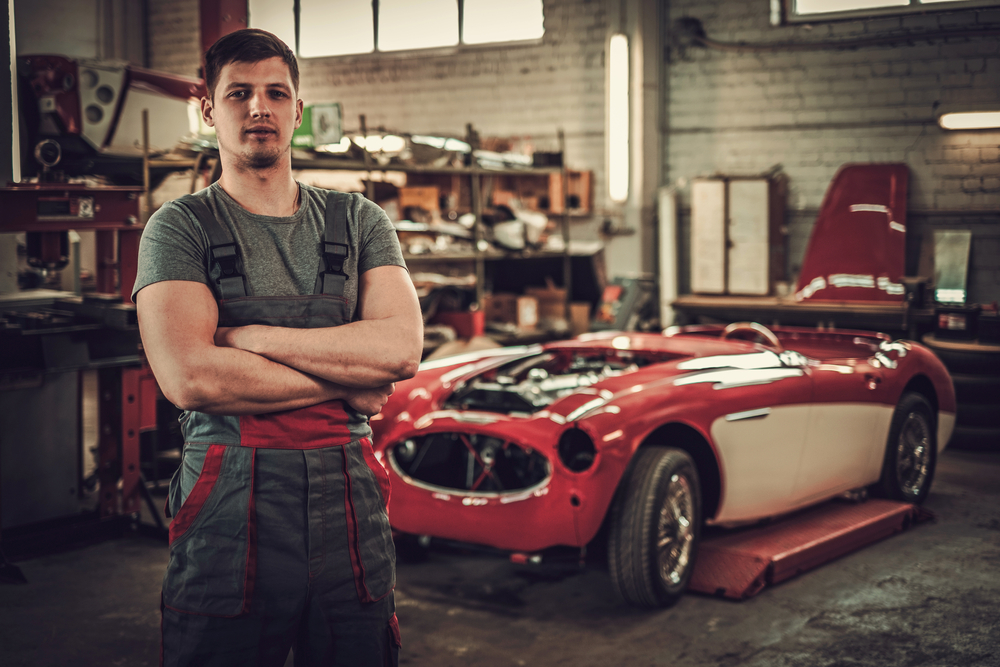
Maintaining classic cars often requires mechanics with specialized expertise. Modern technicians might not be familiar with the older technologies and design elements found in these vehicles. As a result, owners frequently need to seek out specialists who charge premium rates. Without the appropriate knowledge, even routine maintenance tasks can become complex.
Rust and Corrosion

Older cars are significantly more prone to rust and corrosion. Unlike modern vehicles, they were not constructed with advanced rust-proofing technologies. Regular exposure to moisture and road salts can cause substantial damage over time. Repairing rust damage is labor-intensive and expensive.
Outdated Electrical Systems
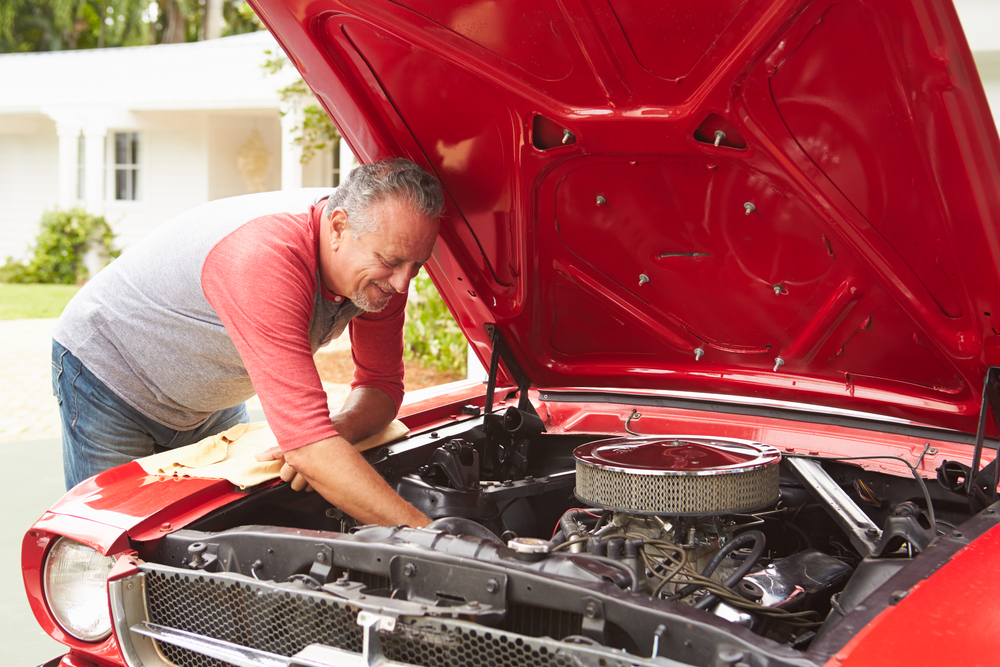
The electrical systems in classic cars are often unreliable. Over the years, wiring can become brittle, and connections can corrode. This leads to various electrical issues, from malfunctioning lights to complete system failures. Diagnosing and repairing these problems requires detailed schematics and specialized tools.
Manual Adjustments
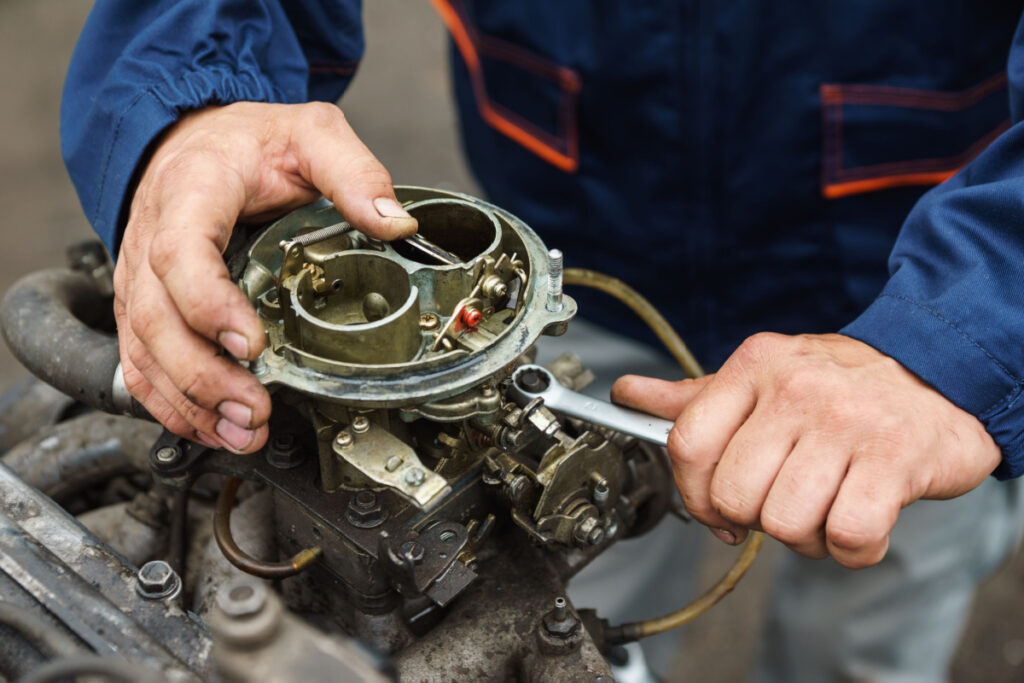
Many classic cars lack the electronic controls found in modern vehicles. Components such as carburetors and ignition systems require manual adjustments. These adjustments need to be done regularly to keep the car running properly and can be quite tricky. A slight miscalibration can lead to poor performance or even damage.
Poor Fuel Efficiency
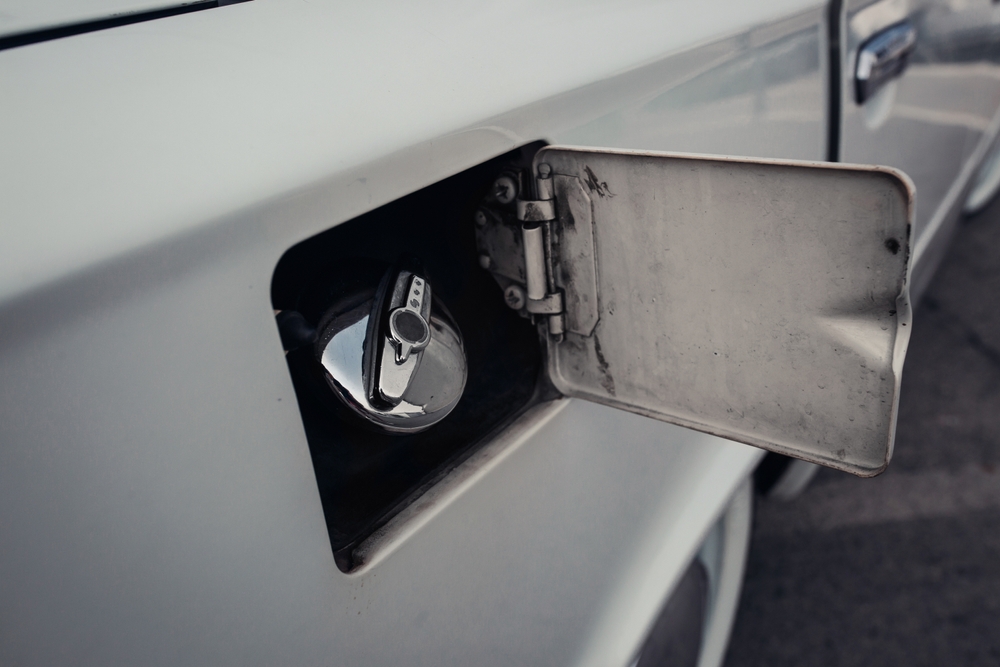
Classic cars generally have poor fuel efficiency compared to their modern counterparts. Their engines were not designed with today’s fuel economy standards in mind. Consequently, owners can expect to spend more on fuel, especially for high-performance models. Some older engines may even require higher octane fuel, further increasing costs. This inefficiency makes them more expensive to operate on a daily basis.
Limited Safety Features
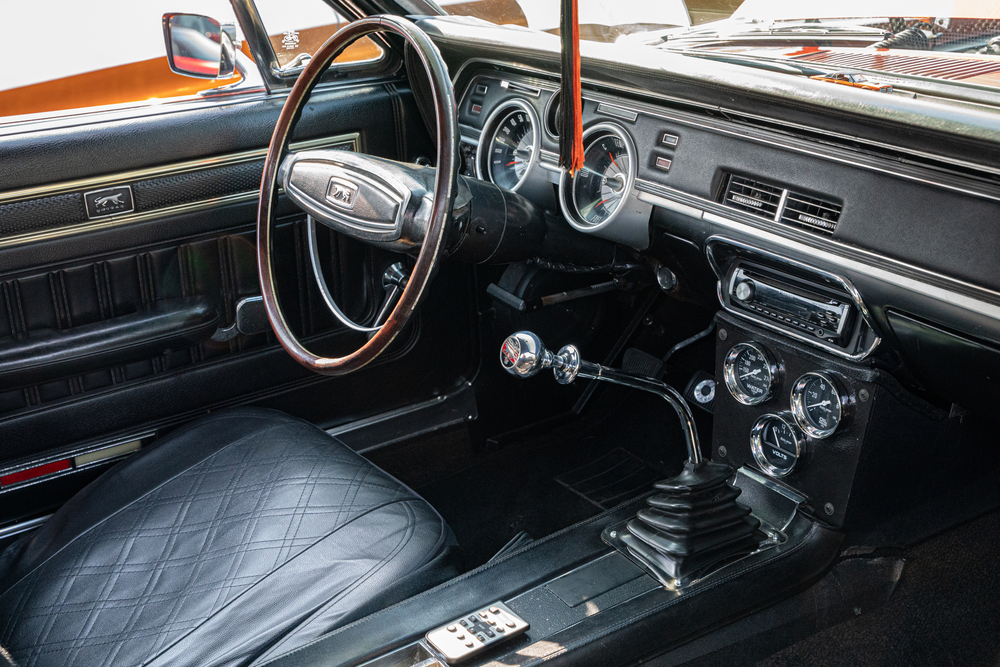
Safety features in classic cars are often limited or nonexistent. Modern advancements like airbags, anti-lock brakes, and crumple zones were not standard in older models. As a result, classic cars are less safe in the event of an accident. Owners must be aware of these limitations and drive cautiously. Retrofitting modern safety features can be complex and costly, if not impossible.
High Insurance Costs

Insurance for classic cars can be more expensive than for modern vehicles. The higher risk associated with driving and maintaining older cars contributes to this. Classic car insurance often requires agreed-value coverage, which can be costly. Insurers may also impose mileage limits and usage restrictions.
Lack of Modern Conveniences
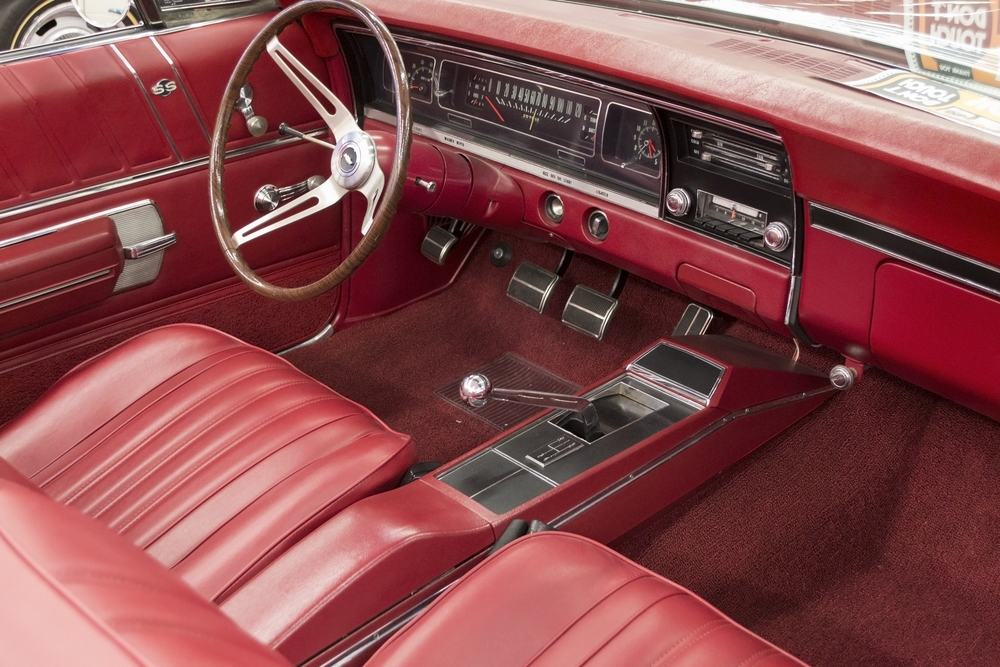
Classic cars often lack the modern conveniences that drivers have come to expect. Features like air conditioning, power steering, and advanced audio systems may be missing. Adding these features can be expensive and complicated. Owners must choose between maintaining originality and enhancing comfort.
Higher Wear and Tear
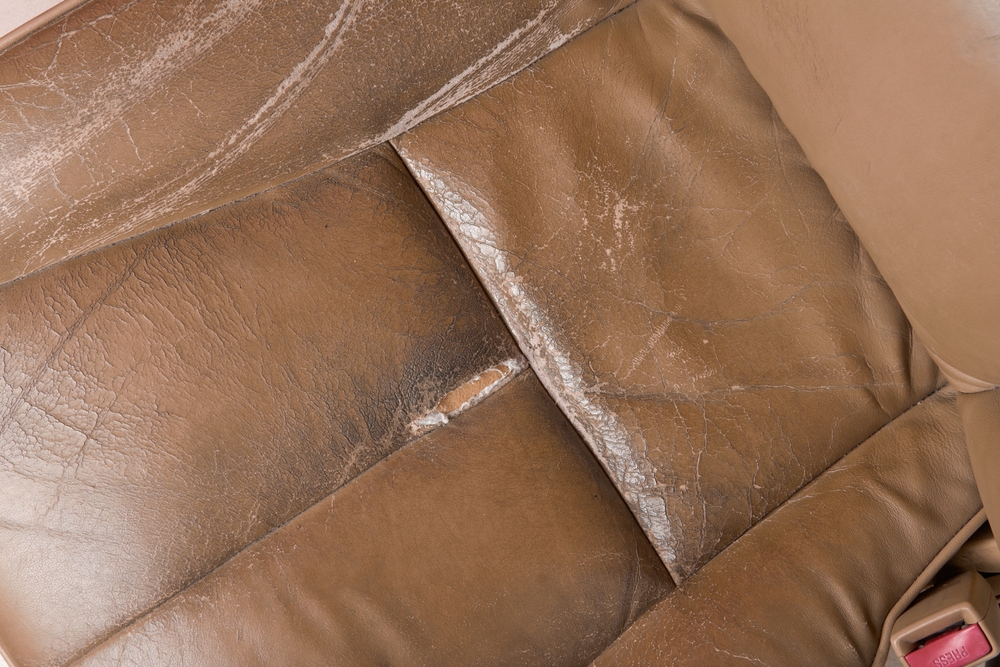
Classic cars generally experience higher wear and tear due to their age. Even with meticulous maintenance, components naturally degrade over time. Critical systems like brakes, suspension, and engine components are particularly affected. Owners must be prepared for more frequent repairs and replacements.
Difficult Handling
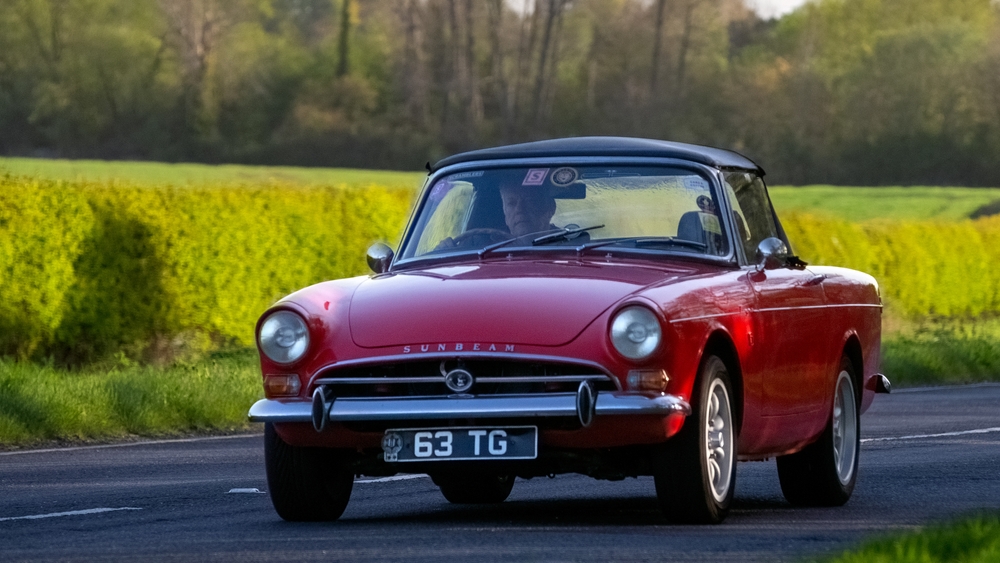
Many classic cars do not handle as well as modern vehicles. Advances in suspension, steering, and braking technology have greatly improved drivability in recent years. Consequently, classic cars may feel less responsive and more challenging to drive. This is particularly noticeable in adverse conditions or at higher speeds.
Noisy Operation
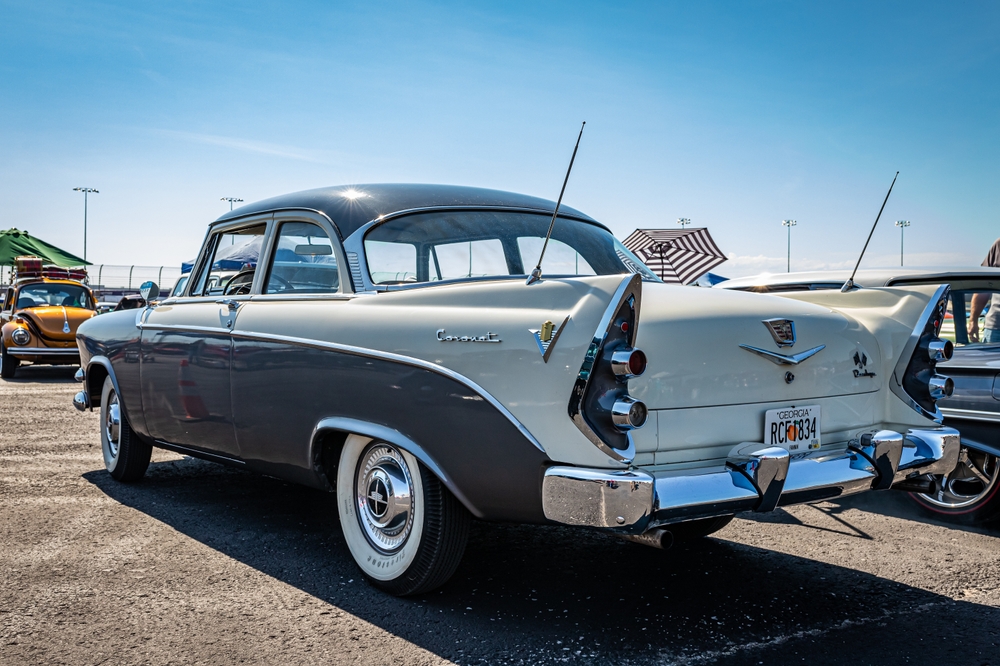
Classic cars often produce more noise than modern vehicles. This includes engine noise, exhaust sounds, and general rattles and squeaks. While some enthusiasts appreciate this as part of the charm, it can be tiring on long drives. Noise can also indicate underlying mechanical issues that need attention.
Frequent Fluid Leaks
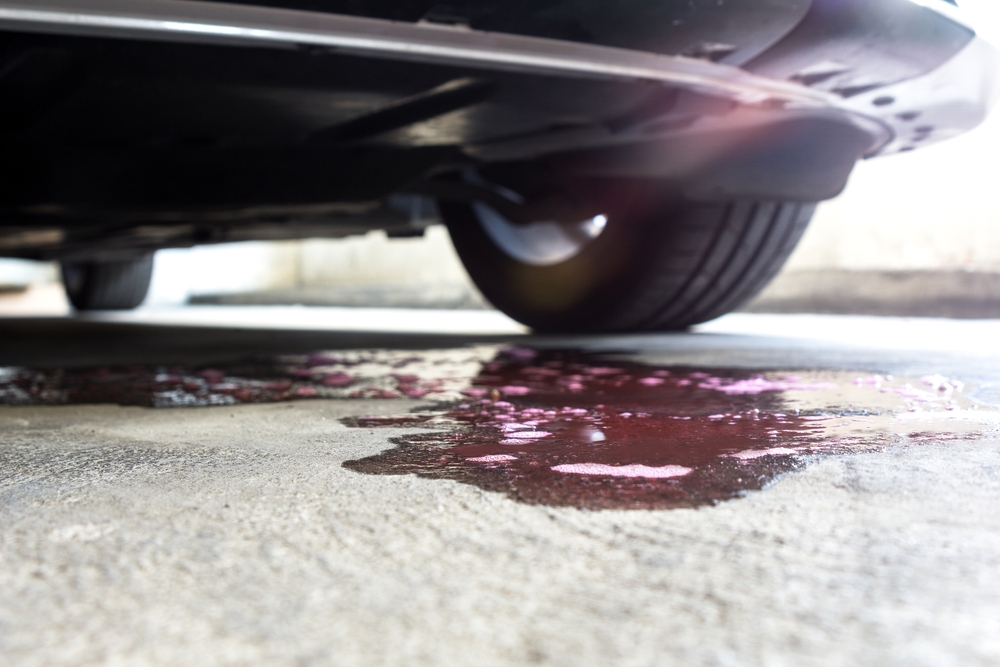
Older vehicles are more prone to fluid leaks. These leaks can involve oil, coolant, or transmission fluid. They are often messy and difficult to diagnose and repair. Left unchecked, leaks can lead to significant mechanical problems. Frequent fluid leaks add to the maintenance challenges of owning a classic car.
Expensive Restoration Costs
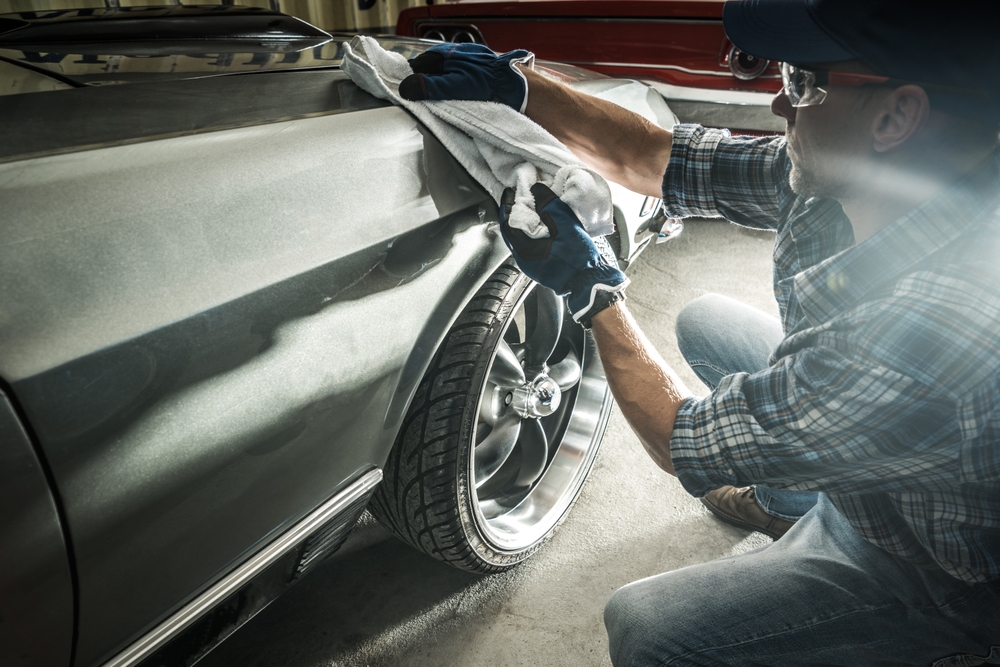
Restoring a classic car to its original condition can be prohibitively expensive. This process involves sourcing rare parts, skilled labor, and extensive time. Restoration projects frequently exceed initial budgets due to unexpected issues. Owners must be prepared for the financial and time commitment involved.
Difficult Starting
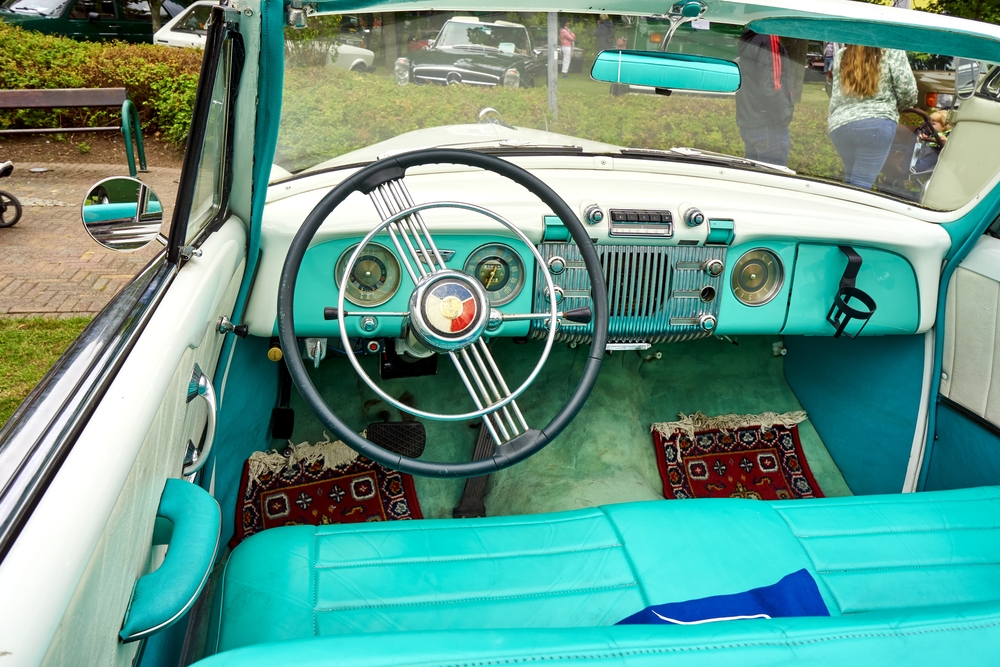
Classic cars can be difficult to start, particularly in cold weather. Older ignition systems and carburetors can be temperamental and require precise adjustments. This can lead to frustration and unreliability, especially for daily drivers. Frequent starting issues might also indicate deeper mechanical problems.
Inconsistent Performance

Performance in classic cars can be inconsistent. Age, maintenance history, and original build quality all play a role. This can lead to unpredictable driving experiences, with variations in power, handling, and braking. Maintaining consistent performance often requires regular tuning and adjustments.
Limited Modern Accessories
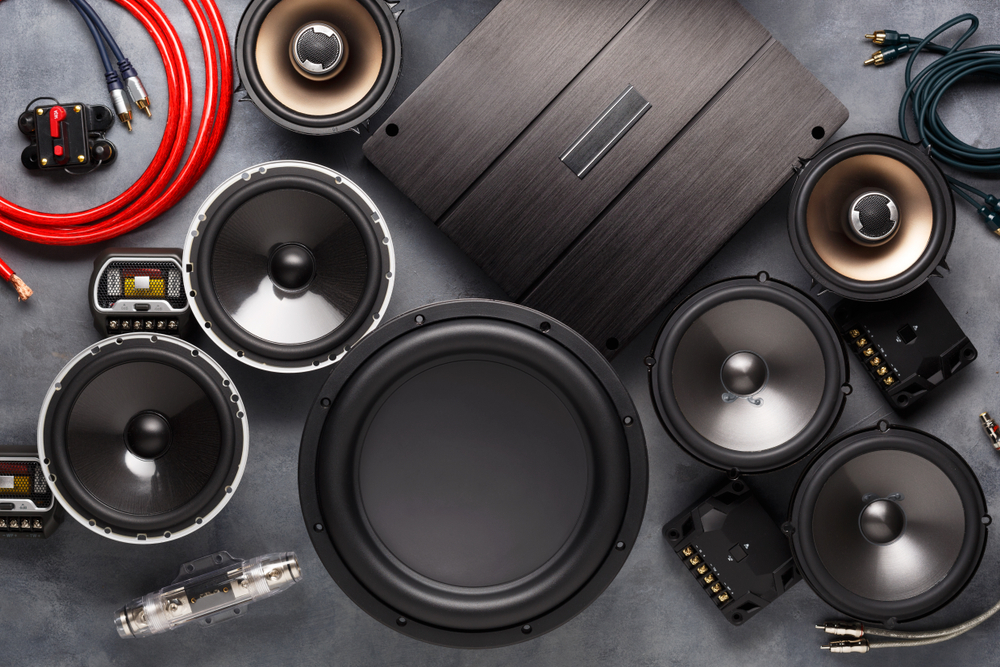
Installing modern accessories in classic cars can be challenging. Items like GPS, modern audio systems, and advanced security features often require significant modifications. This can be costly and might detract from the car’s original appeal. Additionally, finding compatible accessories that fit well with the car’s design can be difficult.
This article originally appeared on MyCarMakesNoise.
More from MyCarMakesNoise
20 Must-See Roadside Attractions for Your Next Adventure

Planning your next road trip? Don’t just focus on the destination—there’s a world of wonder waiting for you along the way. Read More.
Top 20 Lamborghini Supercars Dominating the Super Trofeo
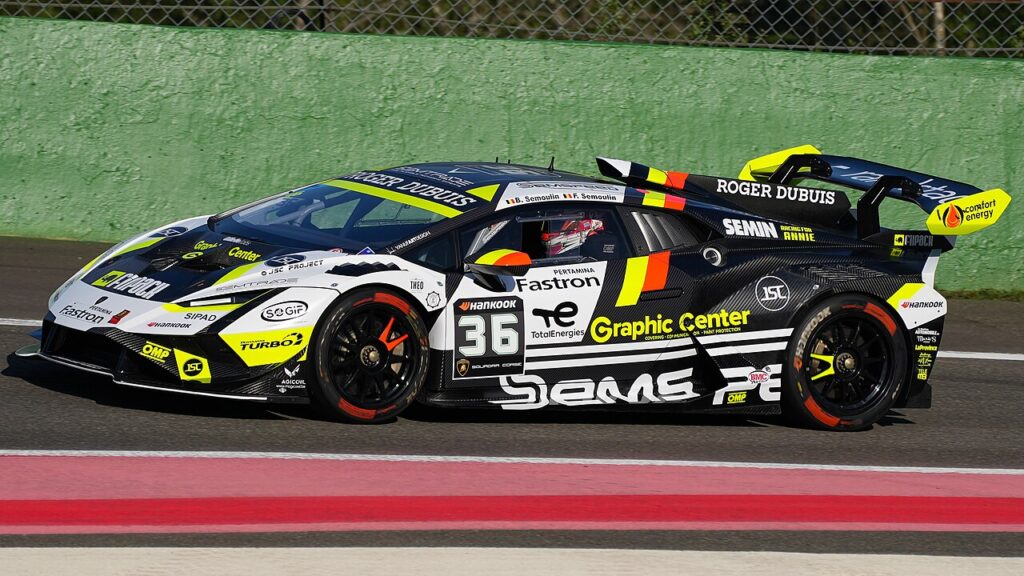
When it comes to speed, power, and prestige, Lamborghini has consistently set the bar high in the world of motorsports. The Super Trofeo series is where these raging bulls truly shine, showcasing the brand’s most thrilling supercars in intense competition. Read More.
15 Common Misconceptions About Electric Car Efficiency
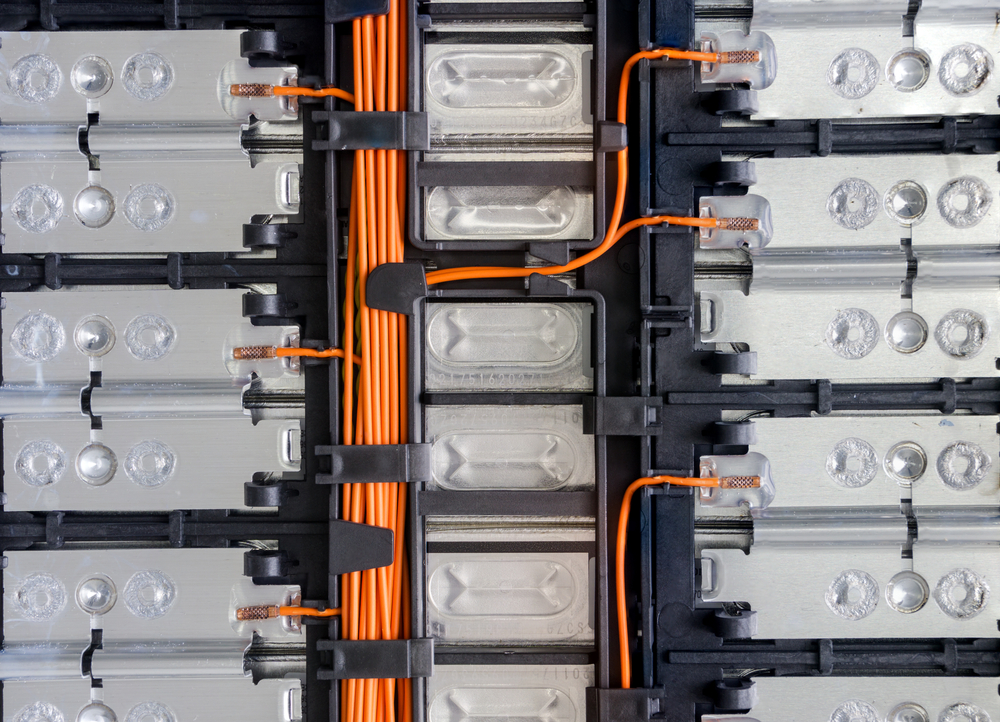
Electric vehicles (EVs) are becoming increasingly popular as people look for more sustainable transportation options. However, there are still many misconceptions about their efficiency that can create confusion. Read More.

